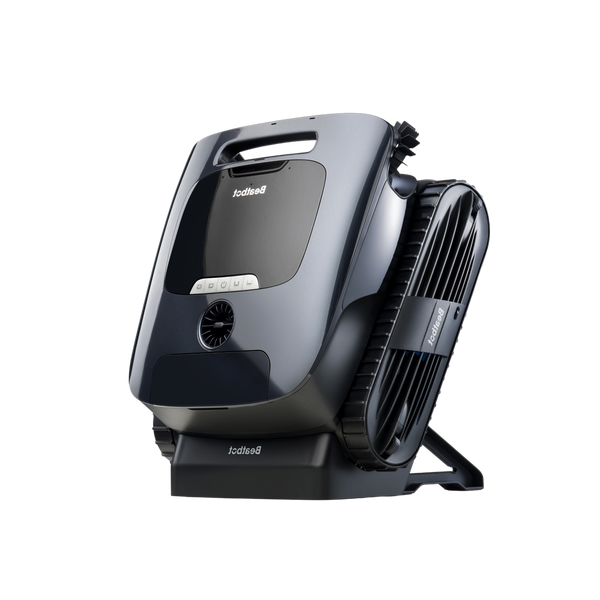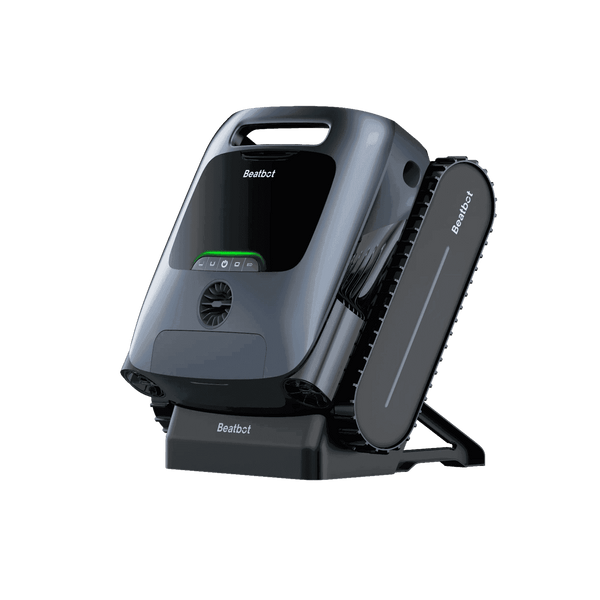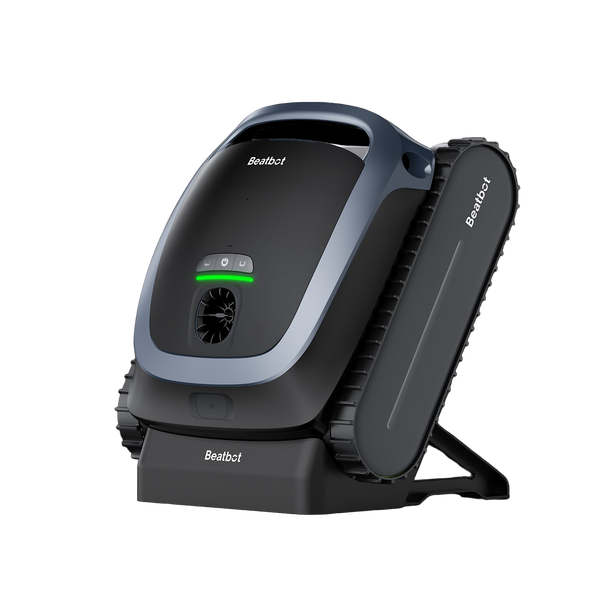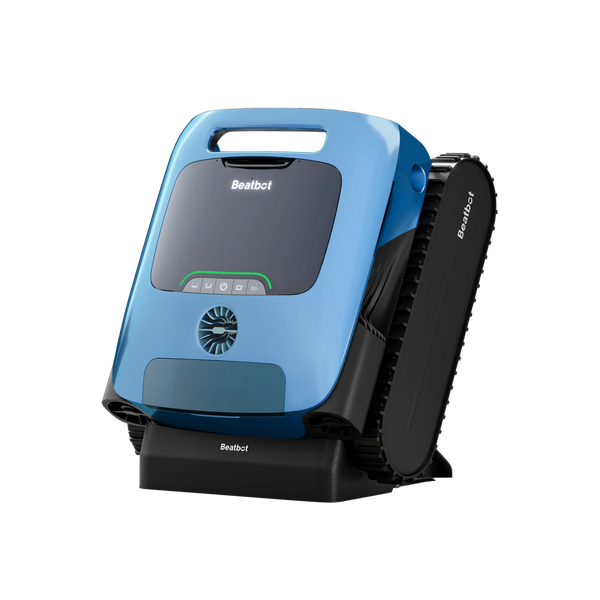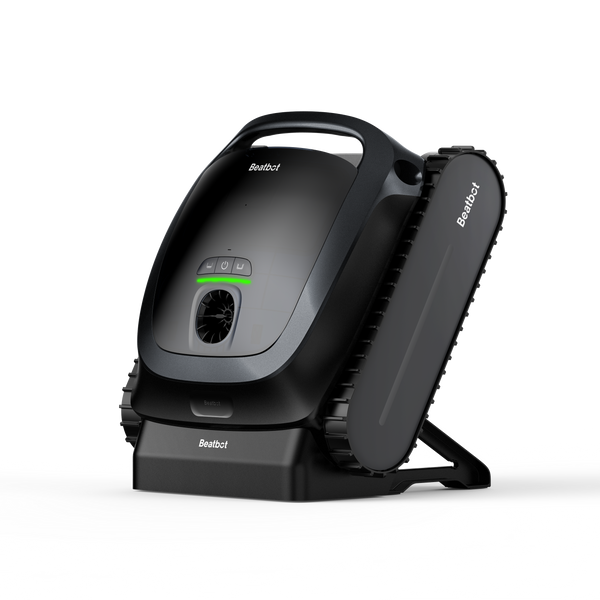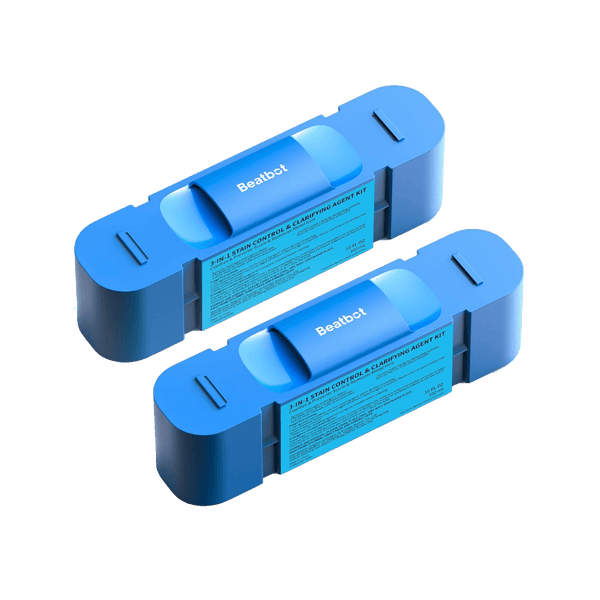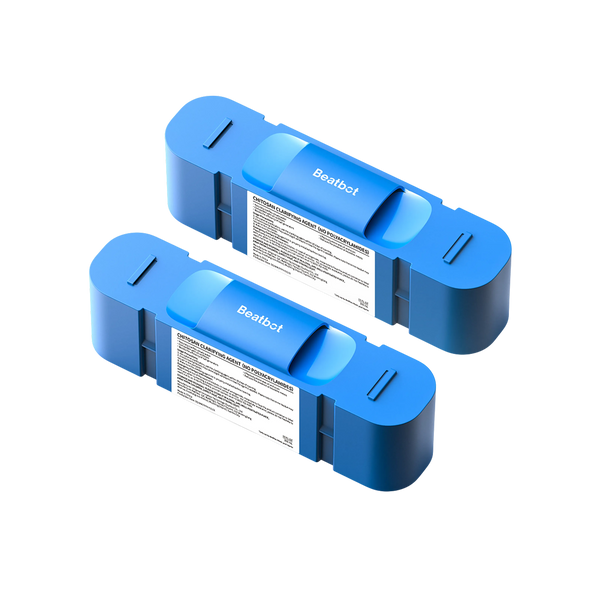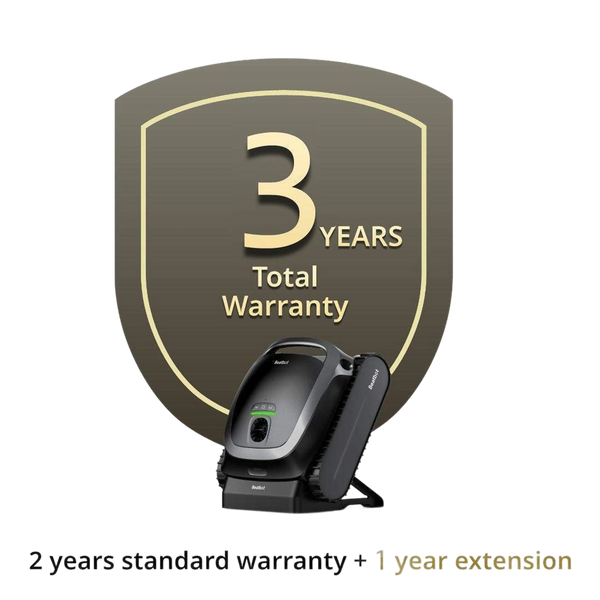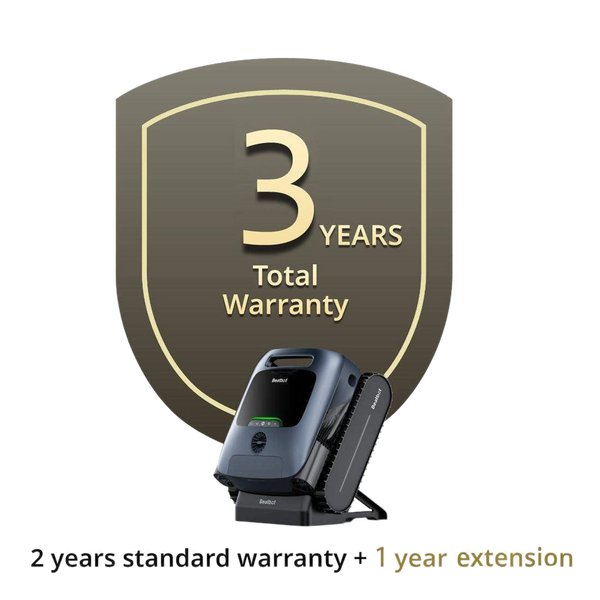Shocking your pool is one of the most effective ways to clean up water that’s cloudy, full of contaminants, or starting to smell a little off. But while it’s a powerful tool for restoring water quality, it’s also one that needs a little patience. Because when you shock a pool, you're introducing a concentrated dose of chemicals—usually chlorine—that temporarily makes the water unsafe for swimming.
So how long do you actually have to wait before getting back in?
That depends on the type of pool shock you use, how much of it you add, and how well your pool is circulating and filtering. In this guide, we’ll walk through the different types of shock, what they’re designed to do, and exactly how to tell when your pool is ready for swimming again.
What Is Pool Shocking
Shocking your pool means adding a highly concentrated oxidizer—usually chlorine—to break down contaminants like sweat, sunscreen, algae, and combined chlorine (also known as chloramines). These chloramines are what give off that “strong chlorine smell,” and they’re a sign your pool isn’t as clean as it looks.
The goal of shocking is to reach a level known as breakpoint chlorination, where there’s enough free chlorine in the water to completely destroy all combined chlorine. When you hit that threshold, your water can effectively sanitize itself again.
This process is essential after high usage, heavy rain, or visible algae. It’s also something every pool owner should do on a regular basis to maintain safe, balanced water.
💡 Pro Tip
For a more effective shock treatment, clear away leaves and debris first. A cordless robotic pool cleaner automates this prep work, ensuring your chemicals are used on what matters most.
Learn More
Types of Pool Shock
Some shocks, like calcium hypochlorite (cal-hypo) and sodium dichlor, are chlorine-based. These are strong sanitizers that will rapidly raise your pool’s chlorine levels, often well above 10 ppm. That spike is what makes them effective at killing algae and bacteria—but it’s also what makes the water unsafe for swimming until chlorine levels drop back down.
Others, like potassium monopersulfate, are non-chlorine oxidizers. These are designed to break down organic contaminants without raising chlorine levels. They’re often called “oxidizing shocks,” and while they don’t kill algae or sanitize the same way chlorine does, they can clear up cloudy water quickly—and they usually allow you to swim again within 15 to 30 minutes.
Choosing the right shock depends on what your water needs. If you’re dealing with a green pool or visible algae, a chlorine-based shock is the right call. But if your water just looks dull, smells off, or has been used heavily, a non-chlorine shock might be the safer, faster option.
| Shock Type | Wait Time to Swim | Raises Chlorine Level | Best Use Case | Effect on CYA | Daytime Use | Kills Algae & Bacteria |
|---|---|---|---|---|---|---|
| Calcium Hypochlorite (Cal-Hypo) | 8–24 hours | Yes | Heavy sanitation, visible algae, green pool recovery | No | No (breaks down in sunlight) | Yes |
| Sodium Dichlor | 8–24 hours | Yes | Boosting chlorine with added stabilizer | Yes (adds CYA) | Yes (stabilized) | Yes |
| Potassium Monopersulfate | 15–30 minutes | No | Routine maintenance, oxidizing organics | None | Yes | No |
How Long to Wait After Shocking Your Pool
“When can I swim again?” And the answer depends entirely on the type of shock you’ve used.
If you’re using a chlorine-based shock, like cal-hypo or dichlor, you’ll need to wait at least 8 hours, and possibly up to 24 hours, depending on how much product was added. These shocks are designed to raise your chlorine levels to 10 ppm or higher. That spike helps sanitize the water—but it also makes it unsafe for swimmers.
Swimming before chlorine levels fall back into a safe range (typically between 1 and 4 ppm) can result in skin irritation, eye discomfort, and other health issues.
Non-chlorine shocks like potassium monopersulfate don’t add free chlorine to the water. That means you can often swim just 15 to 30 minutes after treatment. These are great for routine maintenance, clearing up cloudy water, and removing chloramines after a heavy swim load—but they won’t kill algae or bacteria on their own.
It’s important to note that even if your water looks clear, that doesn’t mean it’s safe. Always confirm with a test before jumping in. The only way to truly know when your pool is safe is by checking your water chemistry.
And remember: always refer to the instructions on the shock product you’re using. Some manufacturers recommend specific wait times based on the formula's strength and intended purpose.
SEE ALSO Basic Pool Chemistry 101: Understanding Pool Water Balance
How to Know If It’s Safe to Swim
Even if your wait time has passed, don’t rely on the clock alone—rely on your test results.
The safest and most accurate way to determine whether your pool is ready for swimming is by testing the water chemistry, especially your free chlorine level. After using a chlorine-based shock, your free chlorine needs to fall back into the range of 1–4 ppm before anyone enters the water. Ideally, aim for 3 ppm or less for sensitive skin and children.
Other values to check:
-
Combined Chlorine (CC) should be under 0.2 ppm
-
pH should be between 7.2 and 7.6
-
Cyanuric Acid (CYA) should remain in the 30–50 ppm range (if applicable)
To check these levels, you can use:
-
Test strips – Fast and easy, though less precise
-
Liquid test kits – Such as the Taylor K-2006, offering professional-grade accuracy
-
Digital testers – Great for daily use and trend tracking
For best results, test the water from elbow depth, away from return jets or the surface. This helps you get a more representative sample of the overall water quality.
If your chlorine is too high, wait a few more hours and test again. Running your pump continuously during this time will help speed up chlorine dissipation. If your chlorine is too low after shocking, that’s a sign you may have had higher-than-expected contamination, and you might need to add more sanitizer.
Finally, ignore what your nose is telling you—a strong chlorine smell is not a sign that the water is clean. In fact, it usually means there are chloramines present, which only go away through proper shocking and filtration.
What Happens If You Swim Too Soon
If you hop into the pool too soon after shocking it—especially when using a chlorine-based shock—you risk more than just a little discomfort.
High chlorine levels can cause a range of physical side effects:
-
Skin irritation, including dryness, itching, or red rashes
-
Eye discomfort, such as stinging, burning, or blurry vision
-
Respiratory issues, especially for people with asthma or allergies, due to inhaling chlorinated vapors
-
Digestive distress, if water is accidentally swallowed, including nausea, cramps, or sore throat
These effects are more likely when free chlorine levels are above 5 ppm. That’s why it’s so important to test the water before assuming it’s safe.
There’s also the risk of undoing your shock treatment. Jumping into a pool too early—especially with multiple swimmers—can introduce more contaminants like sweat, oils, or bacteria. That lowers your pool’s ability to maintain proper sanitation and forces you to shock again.
Another thing to consider: swimsuits and pool equipment. High chlorine concentrations can cause fabric fading and damage to rubber seals or liners over time, especially in vinyl pools.
Even if the water looks clear, it may still contain elevated chemical levels or invisible chloramines. Patience pays off here—waiting just a few extra hours can save you from discomfort, or even a second round of shock.
FAQs
What if it rains right after I shock my pool?
Rain can dilute or disrupt your chlorine levels, especially if it happens within a few hours of shocking. Once the rain stops, run your pump for a couple of hours and retest the water. If the free chlorine drops below 1 ppm or the water turns cloudy, you may need to add another dose of shock.
Can I swim if the chlorine level is slightly above 4 ppm?
If your free chlorine is just over 4 ppm but still under 5 ppm, most healthy adults can swim safely. However, for children, pets, or those with sensitive skin or eyes, it’s better to wait until levels are closer to 3 ppm. When in doubt, give it a few more hours and retest.
Is it safe to shock my pool while people are swimming?
No. You should never add shock with swimmers in the pool. Chlorine-based shock is highly concentrated and can cause skin burns, eye irritation, and respiratory issues. Always wait until the pool is completely empty, then follow safety guidelines before allowing anyone back in.
How often should I shock my pool during swim season?
Once a week is a good general rule during swim season, especially if your pool sees regular use. However, you may need to shock more frequently after events like pool parties, heavy rain, or if you notice cloudy water or a strong chlorine smell—both signs that your sanitizer is struggling to keep up. Using a non-chlorine shock mid-week is also a great way to maintain water clarity without long wait times.
